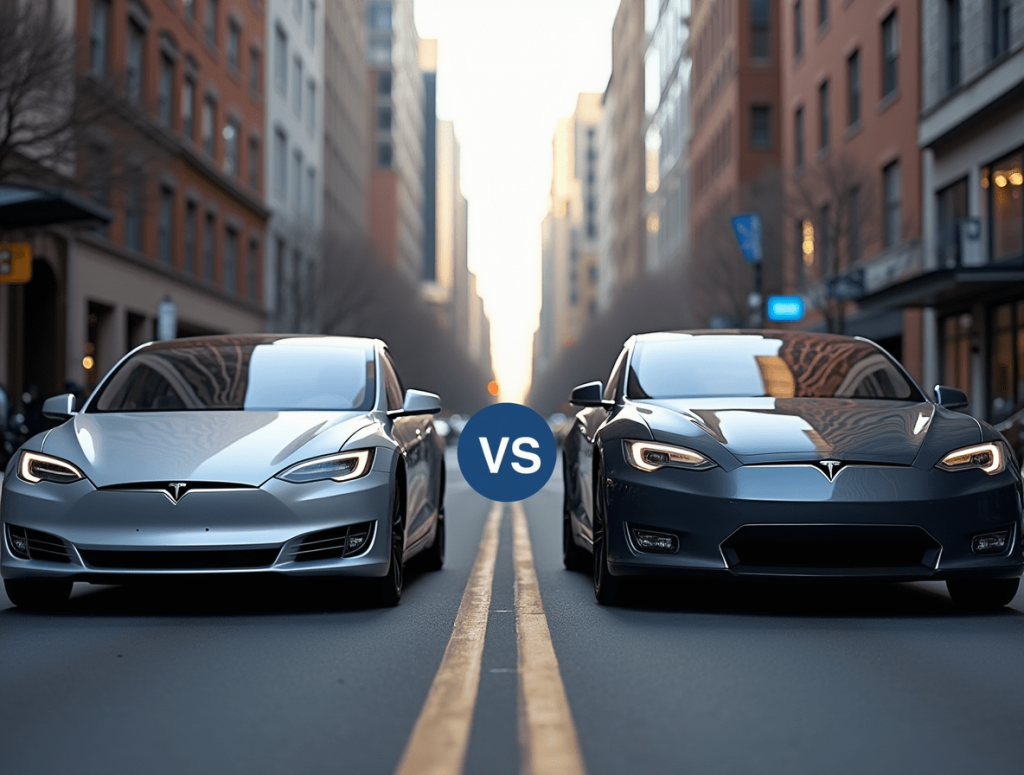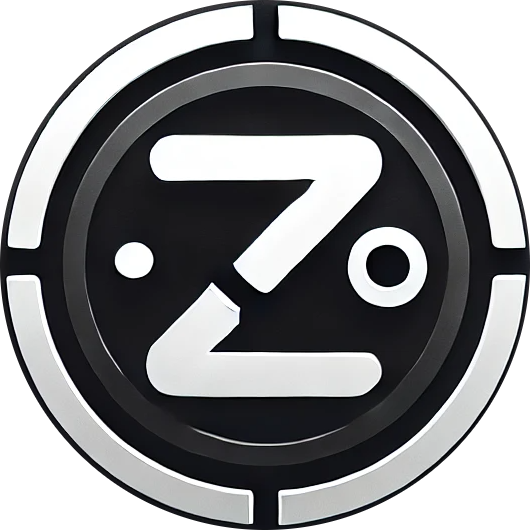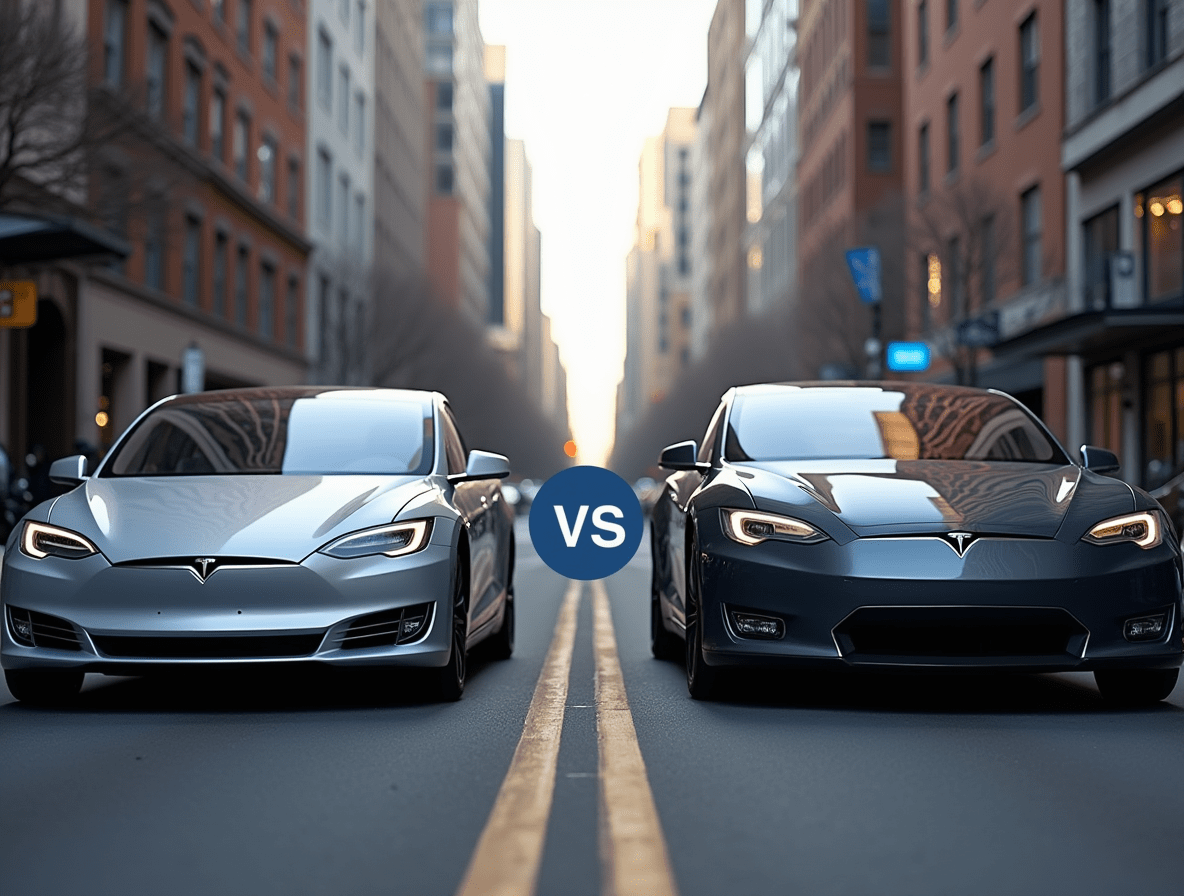
The EV Showdown Defining Tomorrow’s Roads
Electric vehicle adoption has surged 40% year-over-year, with over 14 million EVs now on roads worldwide. As the market matures, two American manufacturers have emerged as technological frontrunners: Tesla, the established market leader, and Lucid Motors, the luxury challenger redefining electric performance.
Both companies are pushing the boundaries of what electric vehicles can achieve, but they approach the future of transportation with distinct philosophies and technologies. This guide breaks down exactly how these innovative automakers compare in 2025, from battery technology to driving experience and long-term value.
Current Vehicle Lineups: What Can You Buy Today?
Tesla’s Current Models
Tesla’s lineup has expanded significantly from its early days:
- Model 3 – Compact sedan with recent Highland refresh (starting at $38,990)
- Model Y – Compact crossover and global bestseller (starting at $43,990)
- Model S – Premium sedan with Plaid performance option (starting at $74,990)
- Model X – Premium SUV with falcon-wing doors (starting at $79,990)
- Cybertruck – Futuristic pickup truck (starting at $60,990)
- Roadster – Upcoming high-performance sports car (expected $200,000+)
Lucid’s Current Models
Lucid has focused on the premium segment with its Air sedan lineup:
- Air Pure – Base model with 410-mile range (starting at $69,900)
- Air Touring – Mid-range balance of luxury and performance (starting at $77,900)
- Air Grand Touring – Extended range flagship (starting at $109,900)
- Air Sapphire – Ultra-performance model (starting at $249,000)
- Gravity SUV – Recently launched luxury SUV (starting at $80,000)
Battery Technology & Range: The Heart of Electric Performance
Battery Technology Comparison
Battery innovation drives EV advancement, with both companies pursuing different approaches:
- Cell Chemistry: Tesla uses various chemistries (LFP, NMC, 4680) across models; Lucid employs proprietary high-nickel content cells
- Cell Design: Tesla’s 4680 cells increase energy density by about 16%; Lucid uses cylindrical 21700 cells in innovative pack designs
- Thermal Management: Tesla employs a ribbon-style cooling system; Lucid uses an advanced circuit board cooling approach
- Battery Lifespan: Both offer similar 8-year/150,000-mile battery warranties
Real-World Range Performance
One key metric shows significant differences:
- Maximum EPA Range: Lucid Air Grand Touring leads at 516 miles vs Tesla Model S at 405 miles
- Efficiency Rating: Lucid achieves 4.5 miles per kWh; Tesla averages 4.0 miles per kWh
- Range Testing: Independent testing shows both brands typically achieve 90-95% of EPA estimates in normal driving conditions
- Cold Weather Impact: Tesla loses approximately 25% range in freezing conditions; Lucid about 30%
Charging Infrastructure & Speed: Keeping You Moving
Charging Network Comparison
How each company approaches keeping vehicles charged:
- Tesla Supercharger Network: 50,000+ chargers worldwide; now open to non-Tesla vehicles in most markets
- Lucid Charging Partners: No proprietary network; relies on Electrify America, EVgo and other third-party networks
- Home Charging Solutions: Tesla offers Wall Connector; Lucid provides Lucid Connected Home Charging Station
- Plug Standards: Both now use NACS (North American Charging Standard) connectors
Charging Speed Capabilities
Fast charging capability affects longer trips:
- Maximum Charge Rate: Tesla peaks at 250kW (V3 Superchargers); Lucid supports up to 300kW
- 10-80% Charging Time: Tesla Model S: approximately 30 minutes; Lucid Air: approximately 22 minutes
- Charging Curve: Lucid maintains higher charging rates longer into the session
- Preconditioning: Both offer battery preconditioning before charging stops
Performance & Driving Experience: Beyond the Numbers
Acceleration & Handling
Raw performance metrics show impressive capabilities:
- 0-60 mph Times: Tesla Model S Plaid: 1.99 seconds; Lucid Air Sapphire: 1.89 seconds
- Quarter-Mile Times: Tesla Model S Plaid: 9.23 seconds; Lucid Air Sapphire: 8.95 seconds
- Handling: Tesla offers lower center of gravity; Lucid provides more refined suspension tuning
- Track Performance: Both offer dedicated track modes with enhanced cooling and power management
Driving Experience
Beyond numbers, how these vehicles feel on the road:
- Ride Quality: Lucid provides a more premium, luxury-focused ride; Tesla offers sportier, firmer suspension tuning
- Noise Isolation: Lucid excels with class-leading sound insulation; Tesla has improved but still trails
- Steering Feel: Tesla offers more direct, sporty steering; Lucid provides more refined, luxury-oriented feedback
- Regenerative Braking: Both offer single-pedal driving; Tesla’s system feels more aggressive
Interior & Technology: The Daily Experience
Interior Design & Quality
The cabin experience reveals different priorities:
- Materials: Lucid uses more premium materials throughout; Tesla focuses on minimalism with fewer material options
- Build Quality: Lucid demonstrates more consistent fit and finish; Tesla has shown improvements but still shows occasional inconsistencies
- Space Efficiency: Lucid Air offers more interior space despite similar exterior dimensions
- Storage Solutions: Tesla features more practical storage options including larger frunk space
User Interface & Technology
How drivers interact with these advanced vehicles:
- Screen Size & Layout: Tesla uses a single central screen in most models; Lucid employs a curved 34-inch floating display with separate lower touchscreen
- User Interface: Tesla’s interface is more app-focused and frequently updated; Lucid’s is more visually refined with traditional controls
- Voice Commands: Tesla’s voice system handles more functions; Lucid focuses on natural language processing
- Software Updates: Tesla pushes more frequent but sometimes less polished updates; Lucid follows a more traditional, thoroughly tested update schedule
Advanced Driver Assistance Systems: The Path to Autonomy
Current Capabilities
How each company approaches driver assistance:
- Tesla Autopilot/FSD: Level 2+ system with city street navigation in FSD Beta; uses vision-only approach
- Lucid DreamDrive Pro: Level 2+ system with highway assist; employs radar, cameras and lidar for redundancy
- Sensor Suite: Tesla: 8 cameras, ultrasonic sensors; Lucid: 14 cameras, 5 radar sensors, lidar, ultrasonic sensors
- Real-World Performance: Tesla offers more features but with occasional inconsistencies; Lucid provides fewer features but with more consistent performance
Future Autonomy Plans
Different approaches to achieving self-driving capability:
- Tesla’s Approach: Primarily vision-based with massive real-world data collection from customer fleet
- Lucid’s Strategy: Multi-sensor fusion with emphasis on hardware redundancy and safety
- Timeline Projections: Tesla continues to promise imminent Full Self-Driving; Lucid maintains more conservative projections
- Regulatory Approval: Both face similar regulatory hurdles regardless of technical approach
Manufacturing & Production: Scaling Challenges
Production Capabilities
Manufacturing capacity affects availability and cost:
- Current Annual Capacity: Tesla: approximately 2 million vehicles; Lucid: approximately 50,000 vehicles
- Manufacturing Locations: Tesla: 6 major factories globally; Lucid: 1 factory in Arizona with Saudi Arabia facility under construction
- Production Efficiency: Tesla: industry-leading at approximately 10 hours per vehicle; Lucid: still optimizing, estimated at 30+ hours per vehicle
- Quality Control: Tesla sacrifices some consistency for volume; Lucid emphasizes quality but at lower production rates
Long-Term Ownership: The Complete Picture
Cost of Ownership
Beyond purchase price, what owners can expect:
- Insurance Costs: Tesla models typically 20-30% higher than industry average; Lucid approximately 35-45% higher
- Maintenance Needs: Both require minimal maintenance compared to combustion vehicles
- Repair Costs: Tesla parts generally lower cost but labor can be high; Lucid parts more expensive with limited service network
- Depreciation: Tesla historically maintained strong resale value; Lucid depreciation patterns still emerging
Reliability & Service
Post-purchase support varies significantly:
- Service Center Network: Tesla: 800+ locations worldwide; Lucid: approximately 40 locations primarily in North America
- Mobile Service: Both offer mobile technicians for many repairs
- Parts Availability: Tesla parts more readily available; Lucid owners report occasional delays
- Customer Satisfaction: Tesla owners report high satisfaction despite service issues; Lucid owners report excellent initial service experiences but limited data on long-term support
Environmental Impact: Beyond Zero Emissions
Manufacturing Sustainability
How green are these EVs before they hit the road?
- Carbon Footprint: Tesla publishes impact reports showing declining manufacturing emissions; Lucid emphasizes sustainable materials but provides less manufacturing emissions data
- Battery Sourcing: Tesla increasingly moving to direct mineral sourcing; Lucid focuses on ethical supply chain partnerships
- Factory Energy Use: Tesla factories increasingly solar-powered; Lucid Arizona factory uses significant renewable energy
- Recycling Programs: Both have battery recycling initiatives with Tesla’s being more mature
Making Your Decision: Who Should Choose Which Brand?
Ideal Tesla Owners
Tesla makes more sense if you:
- Value access to the extensive Supercharger network
- Prioritize frequent software updates and evolving features
- Want more affordable options across different vehicle segments
- Prefer a more tech-focused, minimalist interior approach
- Plan to use advanced driver assistance features extensively
Ideal Lucid Owners
Lucid might be better if you:
- Prioritize maximum range and charging speed capabilities
- Value traditional luxury appointments and premium materials
- Prefer more refined ride quality and noise isolation
- Want the current range champion with unmatched efficiency
- Don’t mind paying premium prices for cutting-edge technology
The Future Outlook: Where Each Company Is Heading
Tesla’s Roadmap
Where the market leader is focusing next:
- Expanding to more affordable vehicle segments (rumored $25,000 model)
- Continuing to scale manufacturing capacity worldwide
- Further vertical integration including mining operations
- Developing humanoid robots and other AI applications
- Expanding energy storage and solar business
Lucid’s Vision
How the challenger plans to grow:
- Expanding production capacity to meet demand
- Launching additional models beyond Air and Gravity
- Potentially offering powertrain technology to other manufacturers
- Establishing stronger presence in international markets
- Focusing on the premium/luxury segment before considering mass-market offerings
The Verdict: Which EV Represents the Future?
The “future” of electric vehicles likely incorporates elements from both approaches:
Tesla has pioneered mass-market electric vehicles with an emphasis on vertical integration, software development, and manufacturing scale that has transformed the automotive industry. Their focus on building a complete ecosystem—from vehicles to charging infrastructure to energy products—represents one viable vision of the electric future.
Lucid has pushed the boundaries of what’s technically possible in an electric vehicle, achieving unprecedented efficiency and range while maintaining luxury appointments. Their engineering-first approach demonstrates how electric vehicles can exceed the capabilities of combustion engines in every performance metric.
Rather than crowning a single winner, the competition between these innovative companies benefits consumers and accelerates the transition to sustainable transportation. Tesla’s scale and ecosystem advantages remain formidable, while Lucid’s technical achievements show that the performance ceiling for EVs is still rising.
For consumers in 2025, the choice comes down to priorities: Tesla offers a more accessible, tech-focused approach with unmatched infrastructure support, while Lucid delivers category-leading range and performance with premium luxury appointments—both representing compelling but different visions of our electric future.
FAQ: Common Tesla vs Lucid Questions
How do Tesla and Lucid compare on battery warranty?
Both companies offer similar battery warranties: 8 years or 150,000 miles (whichever comes first) with minimum capacity retention guarantees. Tesla guarantees 70% capacity retention; Lucid guarantees 70% for standard range and 75% for extended range batteries.
Can Lucid vehicles use Tesla Superchargers?
Yes, Lucid has adopted the North American Charging Standard (NACS) connector, allowing new vehicles to access Tesla’s Supercharger network. Older Lucid vehicles require an adapter, which the company provides to owners.
Which has better resale value?
Tesla currently maintains stronger resale value, retaining approximately 60% of value after three years compared to industry average of 40%. Lucid is too new to have definitive long-term depreciation data, though initial data suggests premium models may depreciate faster than Tesla equivalents.
Do these companies make their own batteries?
Tesla produces some batteries in-house (4680 cells) while also partnering with suppliers like Panasonic and CATL. Lucid designs its battery systems but sources cells from suppliers, focusing on pack design and thermal management rather than cell manufacturing.
Which company has more secure software?
Both companies take software security seriously, but Tesla’s systems have been more thoroughly tested due to their larger user base. Tesla runs an active bug bounty program that has helped identify and resolve potential vulnerabilities, while Lucid employs advanced encryption and over-the-air update security protocols that meet automotive industry standards.














